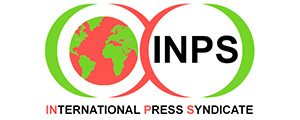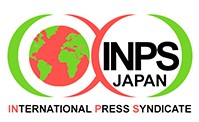Eighty years ago, the atomic bombings of Hiroshima and Nagasaki left a lasting reminder to humanity of the inhuman nature of nuclear weapons. Kazakhstan, too, is a nation deeply scarred by nuclear tests conducted during the Soviet era. Having covered the activities of Soka Gakkai International (SGI) in Kazakhstan—including its support for exhibitions and documentary productions on nuclear abolition in Astana—, INPS Japan recently interviewed Zhanna Shayakhmetova, editor-in-chief of The Astana Times, a leading English-language newspaper in the country that continues to convey messages of disarmament and peace to the world. In the interview, Shayakhmetova spoke about the role of religious leaders who will gather in Astana from around the world this September, the importance of passing on memories to younger generations, and the responsibility journalism holds in this endeavor.
Interview with Zhanna Shayakhmetova, the editor-in-chief of The Astana Times
【Tokyo/Astana INPS Japan=Katsuhiro Asagiri】
Q: This August marks the 80th anniversary of the atomic bombings of Hiroshima and Nagasaki – tragic events that continue to remind the world of the catastrophic consequences of nuclear weapons. Amid ongoing conflicts and rising geopolitical tensions among nuclear-armed states, the Doomsday Clock now stands at just 89 seconds to midnight. While civil society movements are intensifying their calls for disarmament, achieving broader and sustained public awareness—especially among younger generations—remains a pressing challenge. In this context, Kazakhstan will host the 8th Congress of Leaders of World and Traditional Religions in September, an initiative known for promoting interfaith dialogue and tolerance. What potential do you see in the role of religious leaders in advancing peace and nuclear disarmament, particularly through education and moral leadership?

A: The atomic bombings of Hiroshima and Nagasaki demonstrate the horrifying, destructive power of nuclear weapons. These explosions have a lasting impact on humanity. In one of his interviews, activist Karipbek Kuyukov said, “it was a moment of shame for the international community and of horror for the people of Japan. It is a moment upon which we should forever shine a light to ensure that nuclear weapons are never used to kill again.” Kuyukov is among the 1.5 million Kazakh people who have suffered as a result of the 456 nuclear tests conducted over 40 years at the Soviet Union’s Semipalatinsk Test Site. He was born without arms as a result of his parents’ exposure to those tests before Kazakhstan shut down the site in 1991. Kuyukov is an internationally recognized non-proliferation activist and painter, whose works capture the suffering of the victims of nuclear weapon testing.
Religious leaders hold a special and consequential position when it comes to advancing peace and nuclear disarmament. That’s why Kazakhstan’s hosting the Congress of Leaders of World and Traditional Religions is very timely and deeply significant. Our country has taken bold steps toward disarmament. The gathering will bring together faith leaders and convey a powerful message that peace is not just a political goal, but also a spiritual one. If world leaders can speak with a united voice, especially to young people, they can shift the narrative from fear and apathy to one of responsibility and hope.
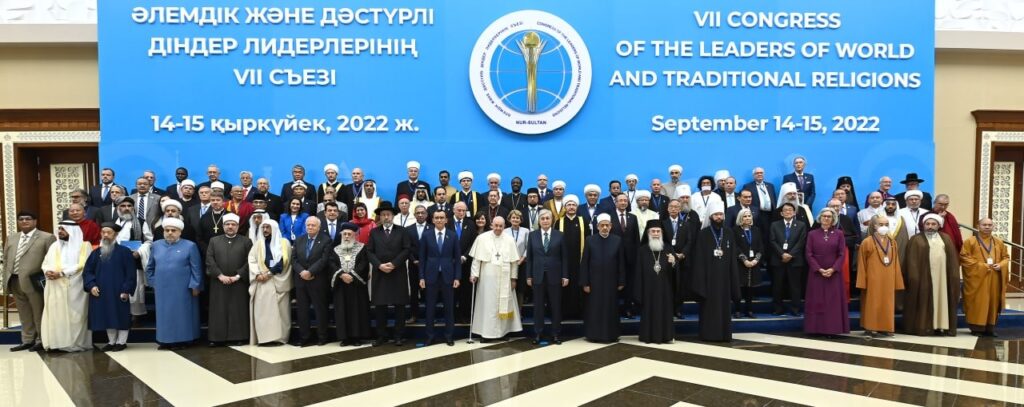
Q: Japan has undertaken extensive efforts to preserve the memory of its nuclear past through peace museums, education, and the testimonies of hibakusha (atomic bomb survivors). In your view, how important is it for Kazakhstan to similarly preserve and communicate the experiences of those affected by Soviet-era nuclear testing? What methods do you consider most effective in ensuring these stories are remembered and passed on to future generations?
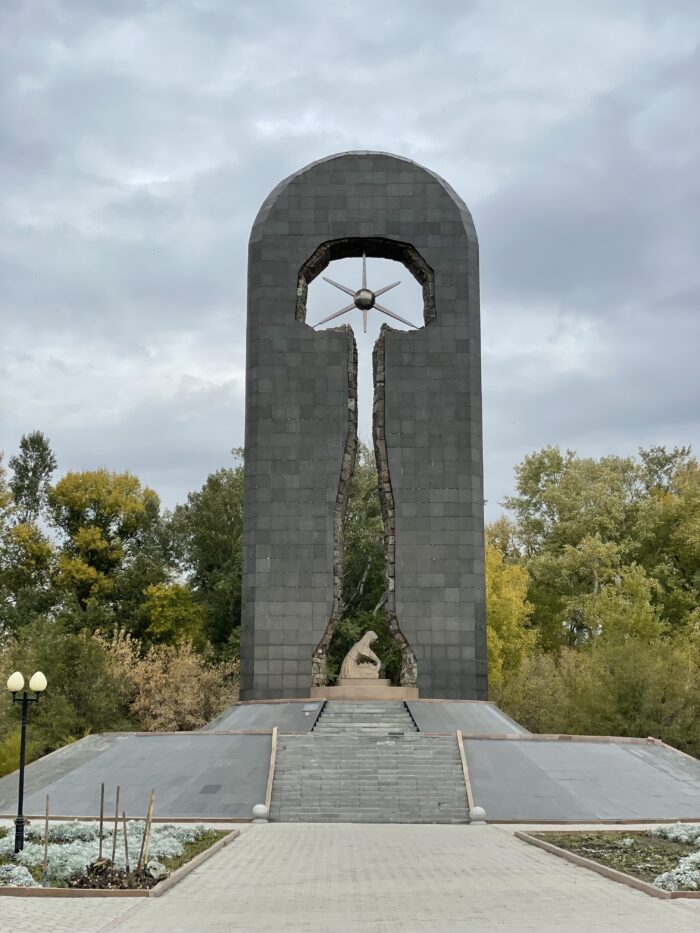
A: I believe it’s vital that Kazakhstan continues to preserve and tell the stories of those affected by Soviet-era nuclear testing. These are not just historical facts; these are lived experiences that have shaped our communities, particularly in areas like Semei. The generations continue to feel the physical and emotional toll of these explosions.
I consider personal storytelling and education effective methods. Documentaries and photo exhibitions in schools and public spaces can bring stories to life for younger generations who may not be familiar with this part of the past. Students can connect on a human level through literature, films and digital media by integrating survivor testimonies into school curricula.
As journalists, we have a responsibility to keep these stories visible, and not just on anniversaries, but as part of an ongoing dialogue about peace. Kazakhstan has a powerful story to tell, and we can’t let it fade in silence.
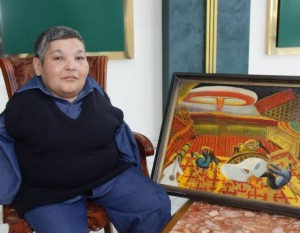
One of the touching stories we covered was about Tore Naerland from Norway, who co-founded Bike for Peace in 1977. After losing his eyesight as a teen, he chose to dedicate his life to helping others. While biking across the world, he met a Hiroshima survivor whose life inspired him to focus on the nuclear disarmament movement. Stories like his remind us why these conversations still matter.
Kazakhstan has gained international recognition for its leadership in nuclear disarmament – becoming the first nation to close a major nuclear test site and voluntarily relinquish its atomic arsenal. How do you see the role of Kazakh media, including The Astana Times, in raising global awareness of this legacy and in promoting Kazakhstan’s contributions to disarmament and non-proliferation?
A: At The Astana Times, we’re committed to reporting accurately and consistently on disarmament. Our newsroom supports fact-based coverage on the nuclear file, and we see it as our mission to amplify Kazakhstan’s continued contribution to global non-proliferation efforts.
We’ve also made space for the next generation. We regularly publish young voices on this topic and have worked with advocates like social scientist Marzhan Nurzhan, who contributed articles to increase public awareness about the nuclear legacy consequences.
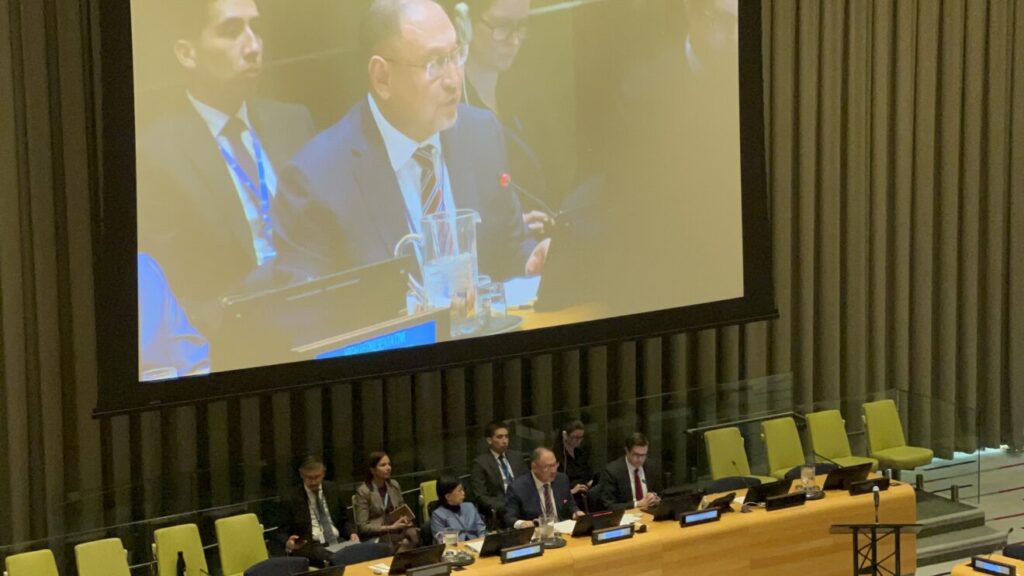
Our correspondent Nagima Abuova covered the Third Meeting of States Parties to the Treaty on the Prohibition of Nuclear Weapons (TPNW) on March 3 – 7, 2025, at the UN Headquarters in New York. It was a proud moment for us, the Astana Times was the only English-language Kazakh outlet reporting directly from the event, and First Deputy Foreign Minister Akan Rakhmetullin chaired the meeting.
We also look ahead. This September, our journalist Aibarshyn Akhmetkali will represent Kazakh media at the Science and Technology Conference series (SnT2025) in Vienna, hosted by the Comprehensive Nuclear-Test-Ban Treaty Organization (CTBTO). It’s another opportunity to put Kazakhstan’s voice on the global stage and build momentum for a world free of nuclear testing.
Kazakhstan has something meaningful to contribute to the global disarmament dialogue, and we at The Astana Times are committed to ensuring the world hears it.

Both Japan and Kazakhstan advocate strongly for a world free of nuclear weapons. From your perspective, how can journalism contribute to strengthening international solidarity among nuclear-affected communities and to advancing global disarmament efforts, such as the Treaty on the Prohibition of Nuclear Weapons (TPNW)? What responsibilities do media professionals hold in fostering informed public dialogue on these issues?

A: Journalism is key in connecting nuclear-affected countries and advancing global efforts such as the Treaty on the Prohibition of Nuclear Weapons (TPNW). Kazakhstan and Japan share a tragic history with nuclear weapons, and that shared experience creates a basis for solidarity between governments and people.
Our responsibility as professionals is to shine light on these human stories. We have a responsibility to give voice to survivors, activists, and scientists whose lived experiences often get overshadowed by politics. We help people globally to understand and see the nuclear weapon consequences that are personal, generational and unjust. By reporting on events such as the TPNW meetings and CTBTO conferences, and by publishing the voices of young people and expert perspectives, we contribute to a more informed and engaged public.
INPS Japan
